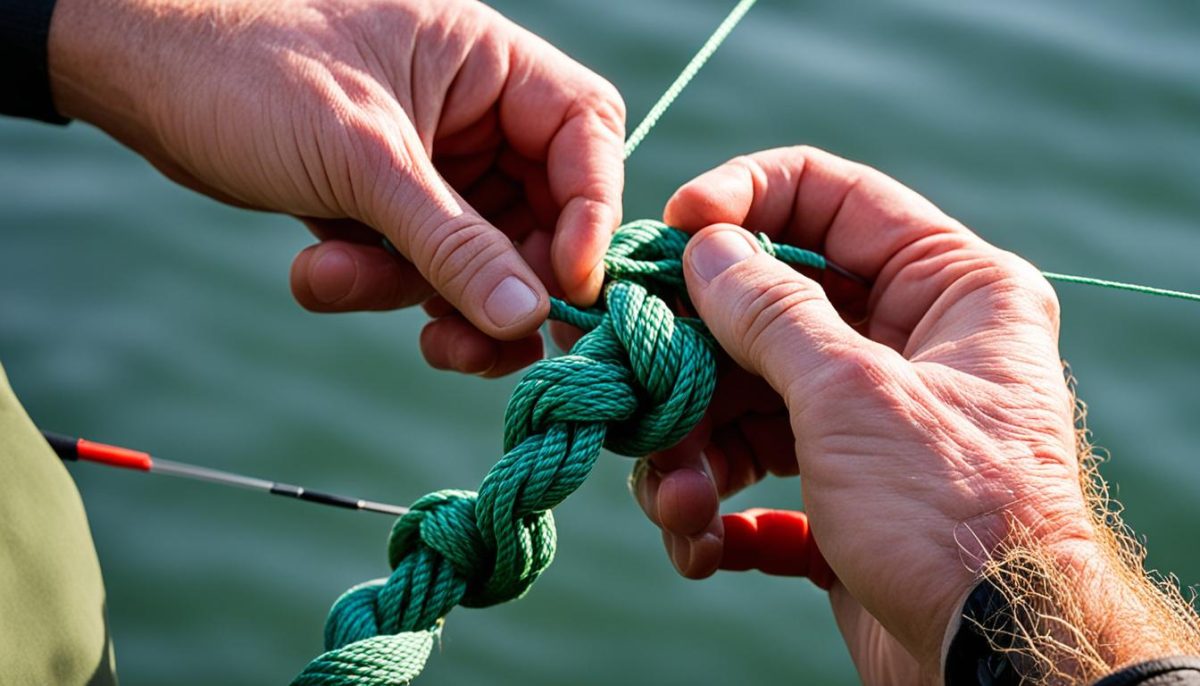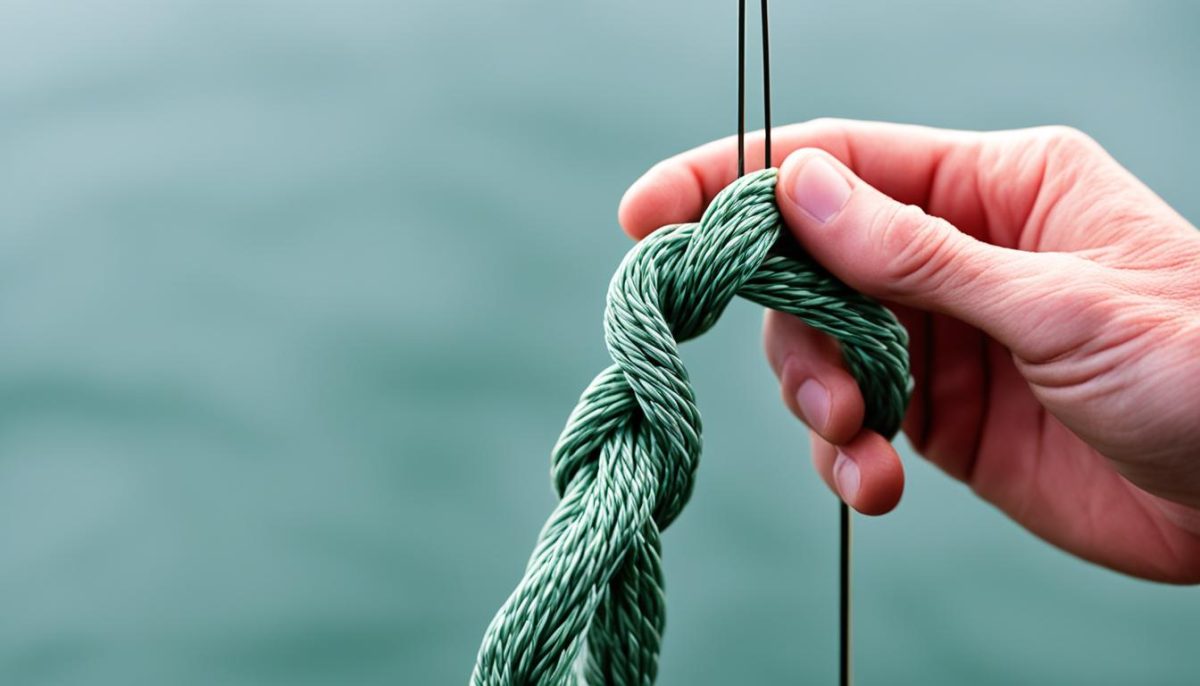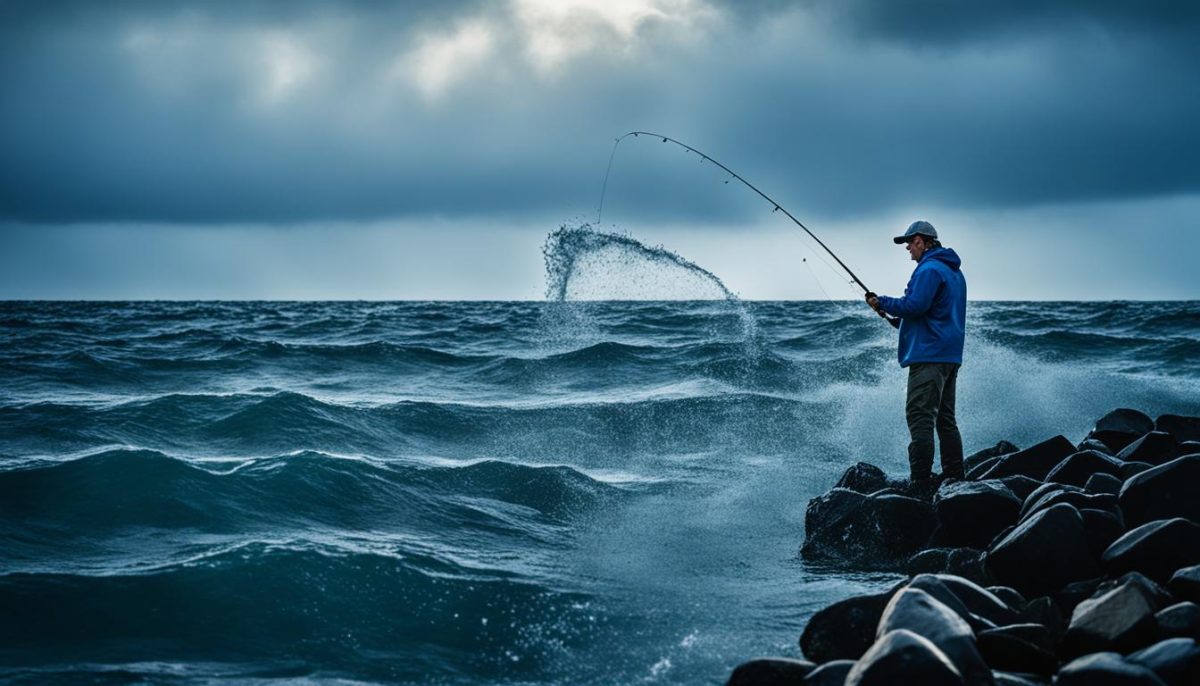Welcome to our comprehensive guide on fishing for Jewfish, also known as Goliath Grouper. If you’re an angler seeking an exhilarating challenge, you’ve come to the right place. In this article, we’ll provide you with valuable tips and techniques to help you hook your trophy Jewfish.
Fishing for Jewfish is an exciting adventure that requires skill, patience, and the right knowledge. Whether you’re a seasoned angler or a beginner, our fishing tips will surely enhance your chances of success.
From choosing the right knots to mastering the art of tying them, we’ll cover all aspects of Jewfish fishing. By the end of this guide, you’ll be equipped with the information you need to make your next fishing trip a memorable one.
So grab your gear, get ready to cast your line, and let’s dive into the world of Jewfish fishing!
Choosing the Right Knots
When it comes to fishing for Jewfish, using the right knots is crucial for success. The strength and reliability of your knots can make all the difference in landing that trophy Jewfish. In this section, we’ll explore some of the best fishing knots that you should have in your angling arsenal.
There are various types of knots that are suitable for different fishing scenarios. Whether you’re casting from shore or heading offshore for deep-sea fishing, having a selection of versatile knots will ensure that you’re prepared for any situation. Here are some of the top knots that every angler should know:
- 1. Improved Clinch Knot: This strong and easy-to-tie knot is perfect for securing your fishing line to the hook or lure. It’s versatile and can be used for both monofilament and braided lines.
- 2. Palomar Knot: Known for its simplicity and strength, the Palomar knot is great for attaching hooks or lures to your line. It’s easy to tie, even in low-light conditions or when you’re wearing gloves.
- 3. Uni Knot: The Uni Knot is known for its versatility and strength. It can be used for various applications, including line-to-line connections, attaching hooks or lures, and even securing the line to a reel.
- 4. Albright Knot: If you’re looking to join different types of line together, the Albright Knot is a reliable choice. It’s commonly used for connecting monofilament line to a heavier braided line.
- 5. Bimini Twist Knot: The Bimini Twist is a popular knot for creating a strong, doubled line. This knot is especially useful when targeting large, powerful fish like Jewfish.
When tying these knots, it’s essential to follow proper technique to ensure they hold up under pressure. Practice tying them before your fishing trip to build confidence and improve your skills. Remember to moisten the knot with water or saliva before tightening, as this helps reduce friction and prevents the line from weakening.
Now that you’re familiar with some of the best knots for fishing, it’s time to put your knowledge to the test. Experiment with these knots and find the ones that work best for you. Next, we’ll dive into the techniques of tying knots specifically for Jewfish fishing, so you can be fully prepared to tackle the challenge of landing these mighty creatures.

Techniques for Knot Tying
Mastering the art of knot tying is crucial for successful Jewfish fishing. In this section, we will explore expert techniques that will empower you to tie strong and reliable knots. Follow our step-by-step instructions and utilize the visual aids below to ensure your lines and hooks are securely fastened. Additionally, we offer valuable tips for practicing knot tying skills to enhance your proficiency in this essential fishing skill.
Step-by-Step Guide: Tying Knots for Jewfish Fishing
- Start by selecting an appropriate knot for the fishing scenario. Consider factors such as line strength, bait size, and fishing environment.
- Hold the line securely and make a loop by crossing the tag end over the standing line.
- Pass the tag end through the loop you created.
- Ensure that the loop remains open as you wrap the tag end around the standing line for a specified number of turns. The number of turns may vary depending on the chosen knot.
- Bring the tag end back through the loop, creating a second loop adjacent to the first loop.
- Gently pull the standing line to tighten the knot, ensuring all loops are neatly aligned.
- Before securing the knot completely, moisten it with water or saliva to reduce friction and heat generated during tightening.
- After tightening the knot, trim any excess tag end material, leaving a small tail.
- Test the knot’s strength by pulling the standing line firmly. If it holds well without slipping or breaking, you have tied a successful knot.
Remember, practice is key to becoming proficient in knot tying. Dedicate time to practicing these techniques to build muscle memory and gain confidence in your fishing endeavors.
Visual Aid: Knot Tying Techniques

Refer to this visual aid as you practice tying knots for Jewfish fishing. It will provide a clear demonstration of each step in the process, ensuring you can visually follow along and perfect your knot tying skills.
Top Knots for Jewfish Fishing
When it comes to Jewfish fishing, using the right knots is crucial for success. The top knots recommended by experts combine strength, reliability, and ease of tying. These knots have proven their worth in the battle against the powerful Jewfish, ensuring anglers can confidently land their trophy catch.
One of the best knots for Jewfish fishing is the Palomar knot. This knot is known for its exceptional strength and simplicity. It can be quickly tied even in challenging conditions, making it a go-to choice for many anglers. The Palomar knot is especially effective when fishing with braided lines, ensuring a secure connection between the line and the hook.
Another highly recommended knot for Jewfish fishing is the Improved Clinch knot. This classic knot provides reliable strength and is versatile enough to be used with a variety of fishing lines. Anglers admire the Improved Clinch knot for its ability to maintain high strength even when subjected to heavy strains, ensuring that the line remains secure during intense battles with the mighty Jewfish.
For anglers seeking maximum strength and security, the Bimini Twist knot is a top choice. This knot creates a double line, significantly increasing the overall strength of the line. The Bimini Twist is particularly useful when using mono or fluorocarbon lines, as it helps prevent line breakages and offers peace of mind when fighting against the powerful Jewfish.

